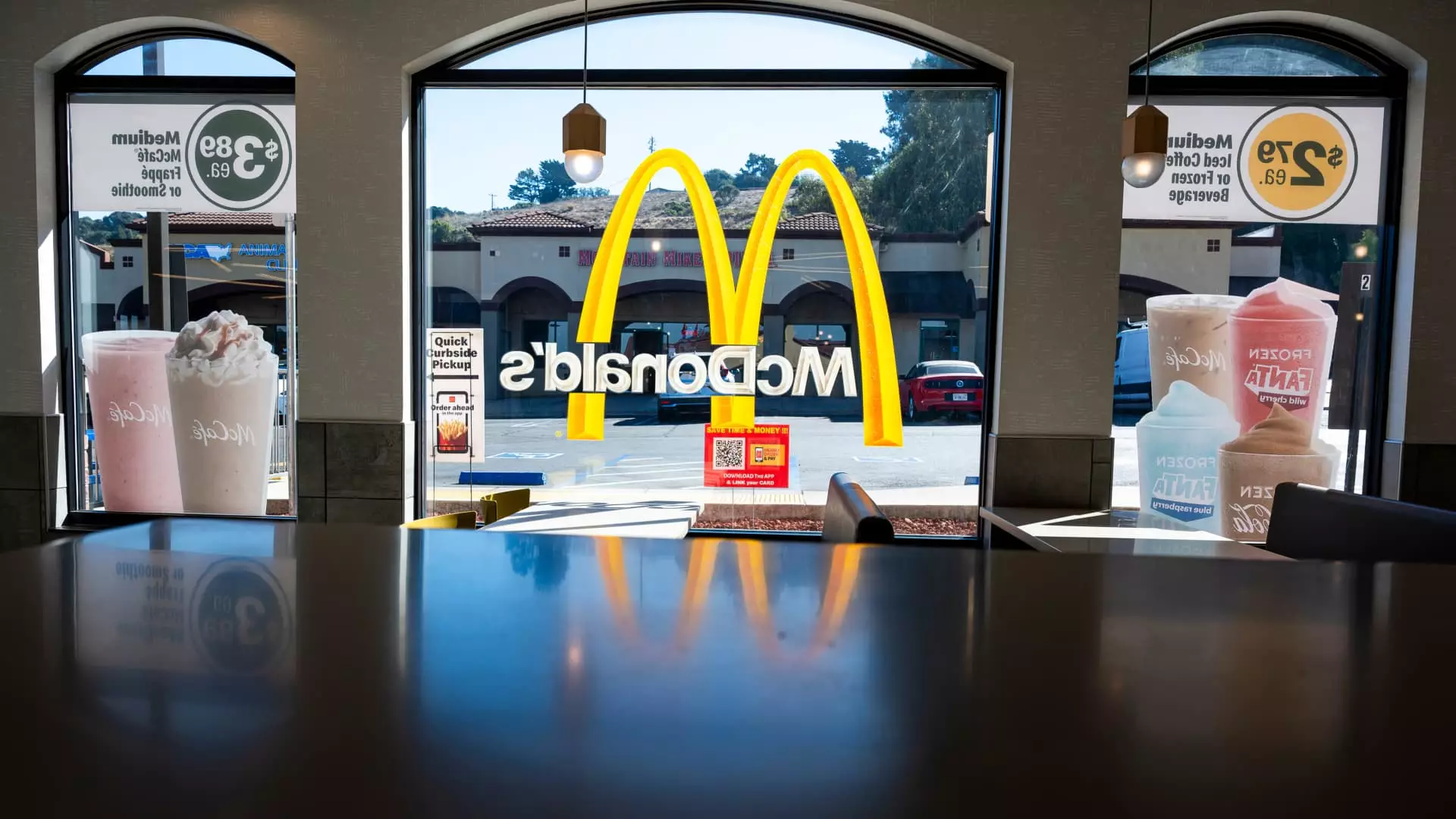The restaurant industry, which faced a tumultuous year with unprecedented challenges, looks forward to the prospects of 2025 with a blend of optimism and caution. Executives and stakeholders are cautiously hopeful that better days lie ahead, though the statistics tell a more complex story that reflects both recovery potential and ongoing struggles.
Resilience Amid Challenges
2024 has been marked by significant turmoil, with bankruptcy filings in the restaurant sector soaring over 50% compared to the previous year. Traffic at established restaurant chains has declined month over month, revealing a persistent struggle that many brands, from fast-food giants like McDonald’s to coffee leaders such as Starbucks, face. Investors have been disappointed by consistent drops in same-store sales, underscoring a fragile recovery from the economic upheaval caused by the pandemic.
Yet, amidst this financial adversity, there are faint signs of recovery. Notably, sales figures are beginning to stabilize, with a reported increase in customer traffic, especially in fast food. According to recent data from Revenue Management Solutions, October witnessed a 2.8% rise in fast-food patronage compared to 2023. This uptick, alongside anecdotal reports from various eateries, suggests that consumers may be beginning to return to their pre-pandemic dining habits.
Financing Growth: A Shift in Economic Conditions
One of the most significant developments impacting the restaurant landscape is the change in interest rates. The Federal Reserve’s recent actions to lower rates could catalyze a wave of expansion as financing becomes more affordable for restaurant chains. Historically, high-interest environments have constrained development due to increased costs, but as rates decrease, chains like Shake Shack anticipate a renewed consumer confidence that will inevitably translate into spending.
Katie Fogertey, CFO of Shake Shack, aptly points out that lower financing costs not only reduce immediate expenses but also positively influence shopper psychology. Business leaders believe that as credit becomes cheaper, consumers may feel more inclined to engage in discretionary spending, despite the actual cost costs of dining out remaining unchanged. Historically, the correlation between economic sentiment and culinary spending creates a crucial undercurrent as the industry winds down in 2024.
The IPO Landscape: A Tentative Revival
The recent months have also sparked discussions around initial public offerings (IPOs) in the restaurant industry. With no significant restaurant IPOs since the Mediterranean chain Cava’s standout debut in mid-2023, hopes are rising that market conditions may soon encourage new entrants. Despite Cava’s remarkable stock performance, which has garnered attention with a staggering 500% increase, larger private firms remain hesitant.
Damon Chandik of Piper Sandler has hinted that the market for IPOs could see a revival as early as the first half of 2025, but he warns that the “bar is particularly high.” Various chains, including Inspire Brands—which encompasses a vast portfolio of popular restaurants—are positioned to capitalize on this anticipated thaw in the financial markets.
However, the path to recovery is laden with obstacles. As noted by Portillo’s CFO, Michelle Hook, the industry could still encounter significant headwinds in 2025. Although some chains are enjoying a resurgence, others such as Portillo’s report declines in sales and have withheld from adopting aggressive discount policies that lower their price points. This restraint introduces a nuanced dilemma; while participating in the “value wars” could drive customer engagement, it risks deteriorating profit margins.
Chains like McDonald’s are expanding their value menus in response to consumer sensitivity to pricing, which may heighten competition and put pressure on restaurants to rethink their pricing strategies. Discount-driven strategies can inadvertently foster a long-term dependence on lower price points at the expense of other brand-building efforts.
As the industry transitions into 2025, its stakeholders are struck by the delicate balance of hope and vulnerability. Although positive economic shifts promise to alleviate some burdens, the cautionary tales of those still struggling with financial realities loom large. Ultimately, the future trajectory of the restaurant industry will require innovative approaches, adaptive marketing strategies, and a keen understanding of consumer behavior.
The restaurant sector’s landscape may transform dramatically in the upcoming months, but successful navigation will demand vigilance against ongoing challenges. For now, industry leaders continue to engage in collective optimism as they anticipate that 2025 may finally herald a more sustainable era of growth and stability.

